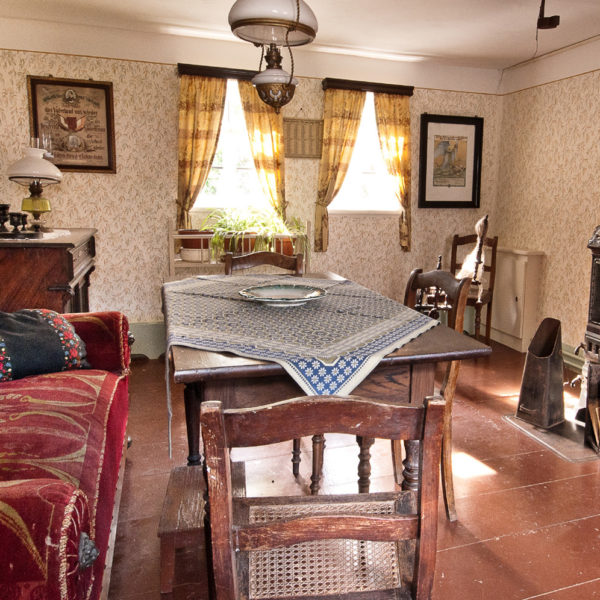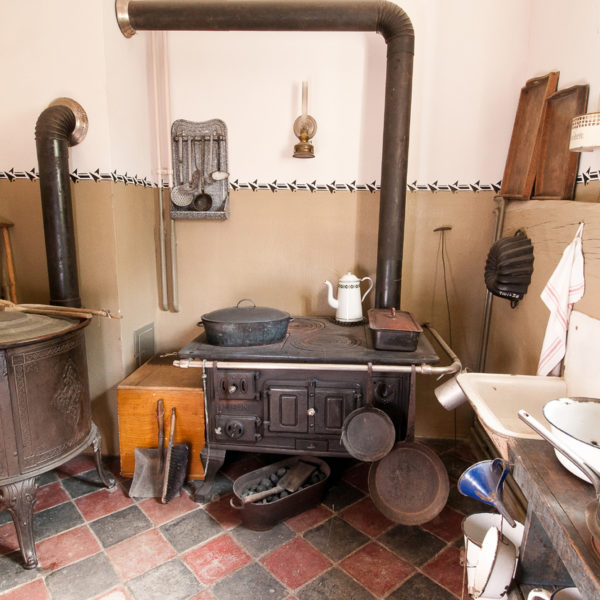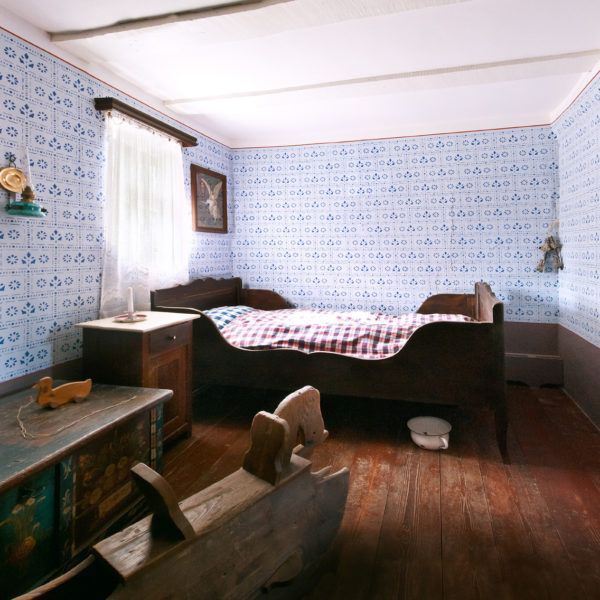House From Fellingshausen

Built: 1786
Dismantled: 1984
Reassembled: 1985
This small farmer’s dwelling is a two-storey timber-framed house with a small adjoining garden. Two outbuildings belonged to this house. Until about 1800, Fellingshausen was characterised by small and medium-sized farmsteads. Over the course of the 19th century, the village developed into an industrial workers’ community with many workers farming on the side thanks to the opening up of regional hematite deposits for exploitation and the establishment of cigar factories.
The grandparents of the last owner of the House of Fellingshausen updated the house in 1922 to meet their needs, and this is the state it has been restored to at the museum. Ludwig Leib was a miner, his wife Karoline worked in one of the cigar factories, as did many women in the village. The building and its furnishings demonstrate the advent of bourgeois domesticity in the countryside. The interior walls were colourfully painted, and the exterior walls of the ground floor were partly replaced with brick walls. The furniture’s varnish cleverly mimics the more expensive bourgeois oak furniture, so that only a second glance reveals their simplicity and the fact that they are made of soft wood. Some of the furnishings are original objects from the house which were taken into the museum alongside the building – a real stroke of luck for any open air museum. In 1948, the Leib family with eight members in three generations lived in the house. When the last owner built a new house on his plot of land in the 1980s, he gifted the house, empty by now, to the museum.



Click the button below to load the contents of my.dimension3.de.

Mit dem Laden der Karte akzeptieren Sie die Datenschutzerklärung von Google.
Mehr erfahren




